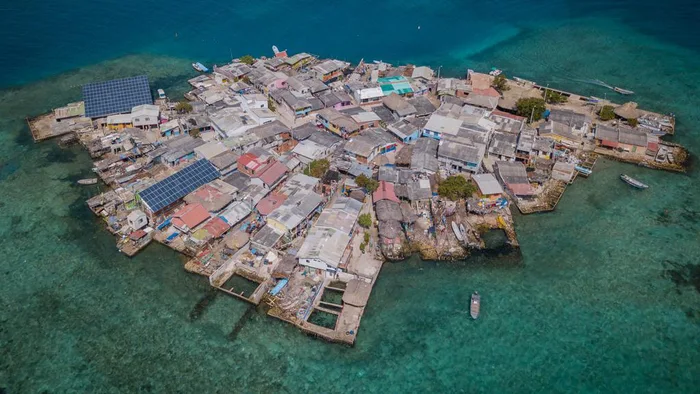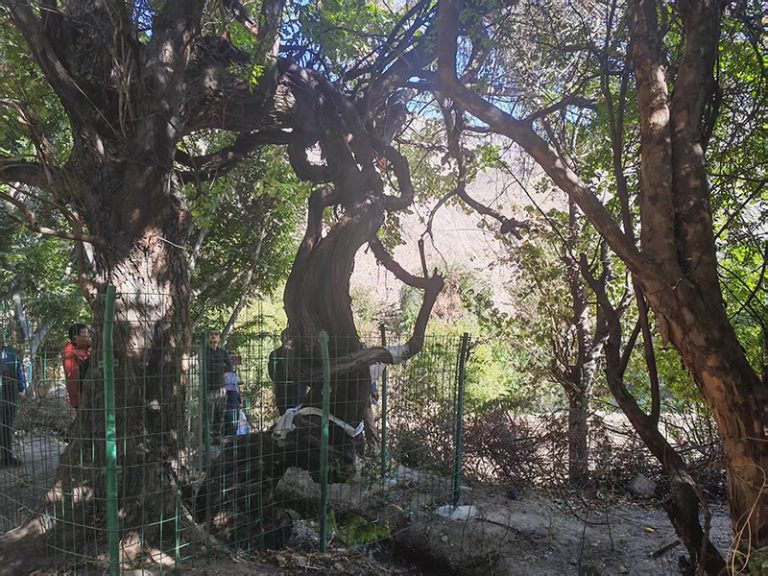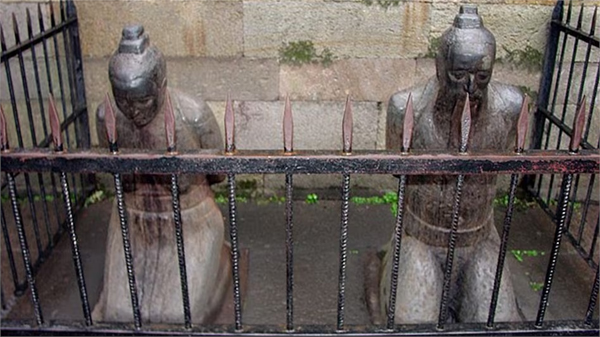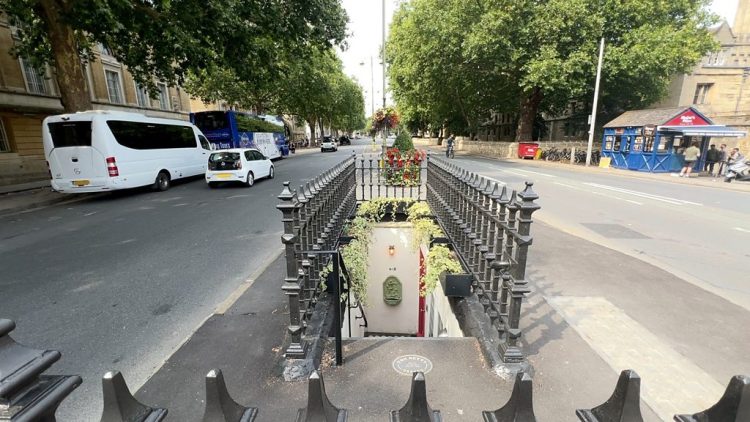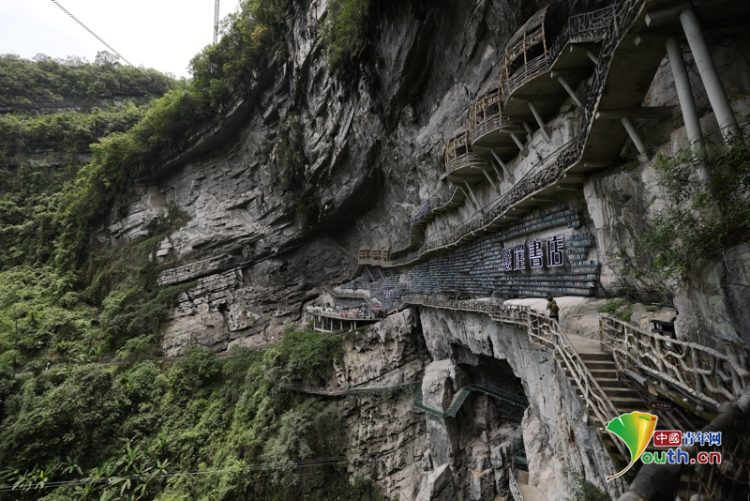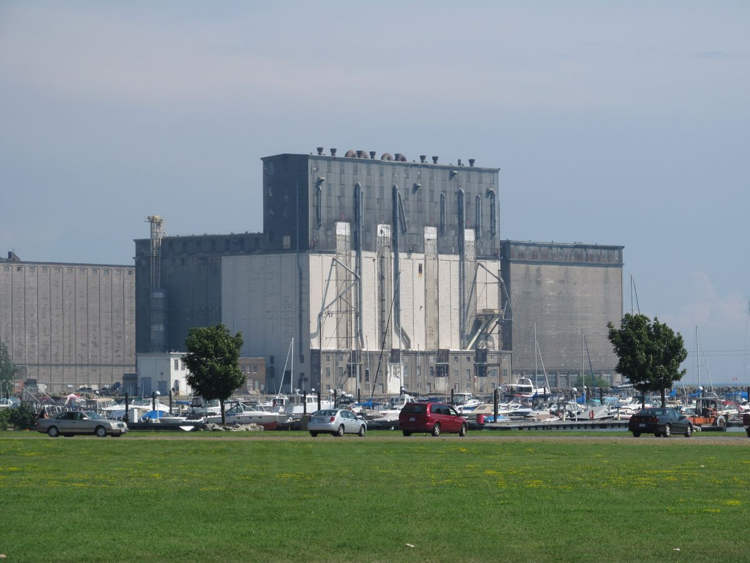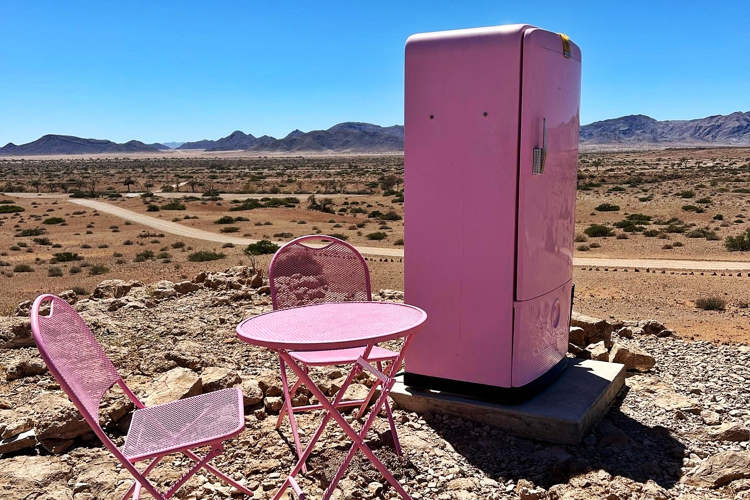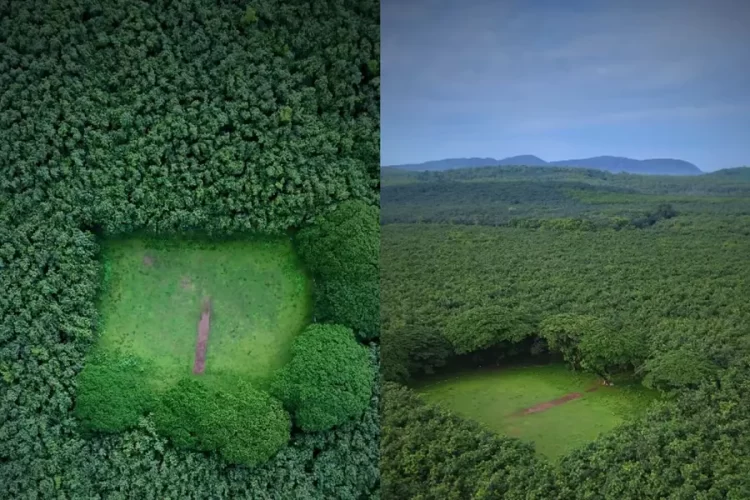Little is known to the world about Iraq’s Tigris-Euphrates marshlands – an area that, at one time, covered over 9,000 square miles – bigger than Venice’s lagoon and Florida’s Everglades combined. The marshland was inhabited continuously for over 5,000 years and at its peak, it was home to half-a-million ‘Marsh Arabs’ or ‘Ma’dan’.
The Ma’dan consisted of several tribes that had developed a beautiful, eco-friendly culture that centered on the marshes’ natural resources. One of the truly admirable aspects of their lifestyle was their beautifully elaborate dwellings – floating houses made entirely out of reeds that were harvested from the open water.
These architectural wonders, strongly reminiscent of the ‘casoni’ of the Venetian fishermen, were called ‘mudhif’. They were temporary structures built of reeds in only three days, without the use of nails or wood. Even the islands that the houses would rest on were made of complicated arrangements of mud and rushes.
For centuries, the area has been a refuge for slaves and serfs, which is what ultimately brought about the downfall of this unique Arab paradise. Although the Ma’dan construction methods are thousands of years old, the ancient architecture has sadly disappeared in recent years, and is at risk of being lost forever.
In the early 1990s, the marshes had become a refuge for people who were being persecuted by the government of Saddam Hussein. Following uprisings the uprisings of 1991, the government ordered the complete draining of the wetlands, in order to punish the Marsh Arabs who protected the rebels.
Photo: Wikimedia Commons
Draining such vast areas of wetlands was no mean feat, but the Iraqi government managed to achieve this by reviving an irrigation project that had been abandoned precisely because it was disrupting the flow of water to the marshes. Soon, the Marsh Arabs began to suffer – their food source was eliminated, their villages were burnt, and their water home was converted into a barren wasteland. Whatever water remained was poisoned and became unfit for use.
Families that had lived in the marshes through several generations were forced to flee from their settlements. They had to abandon their traditional lifestyle and move to other Iraqi towns or Iranian refugee camps. Currently, not more than 1,500 Marsh Arabs are estimated to be still living in the traditional housing.
Things took a turn for the better in 2003, when local communities began to breach Saddam Hussein’s policies after the U.S. invasion of Iraq. They worked on the restoration of the marshes, and a four-year drought also came to an end in the same year. They destroyed the dams holding back the Tigres and Euphrates, and re-flooded at least a quarter of the original marsh area.
The ecosystem of the Marsh Arabs, however, will take much longer to restore – several of them have moved on and have nothing to return to. Even if they do choose to return, they will have to face poor sanitation and a lack of clean drinking water, health care, or education facilities. Very few are willing to risk their lives to save the marsh and its dwindling community.
There is a single ray of hope, however, in the form of ‘Nature Iraq’ – an organisation founded by an Iraqi-American hydraulic engineer. He is leading efforts to restore the Marsh Arabs to their homes with financial support from other countries. The organisation recently re-constructed a traditional reed mudhif, demonstrating that the ancient architectural method can still be used today.
Nature Iraq is also attempting to honor the age-old tradition of the Ma’dan who have always offered refuge to those in need. The reed mudhif is now serving as a guest house, offering accommodation for locals, travelers, and anyone who wants to have a discussion about the future of the marshes.
Photos: Google Images, Wikimedia Commons
Sources: Messy Nessy Chic, Venice Blog






